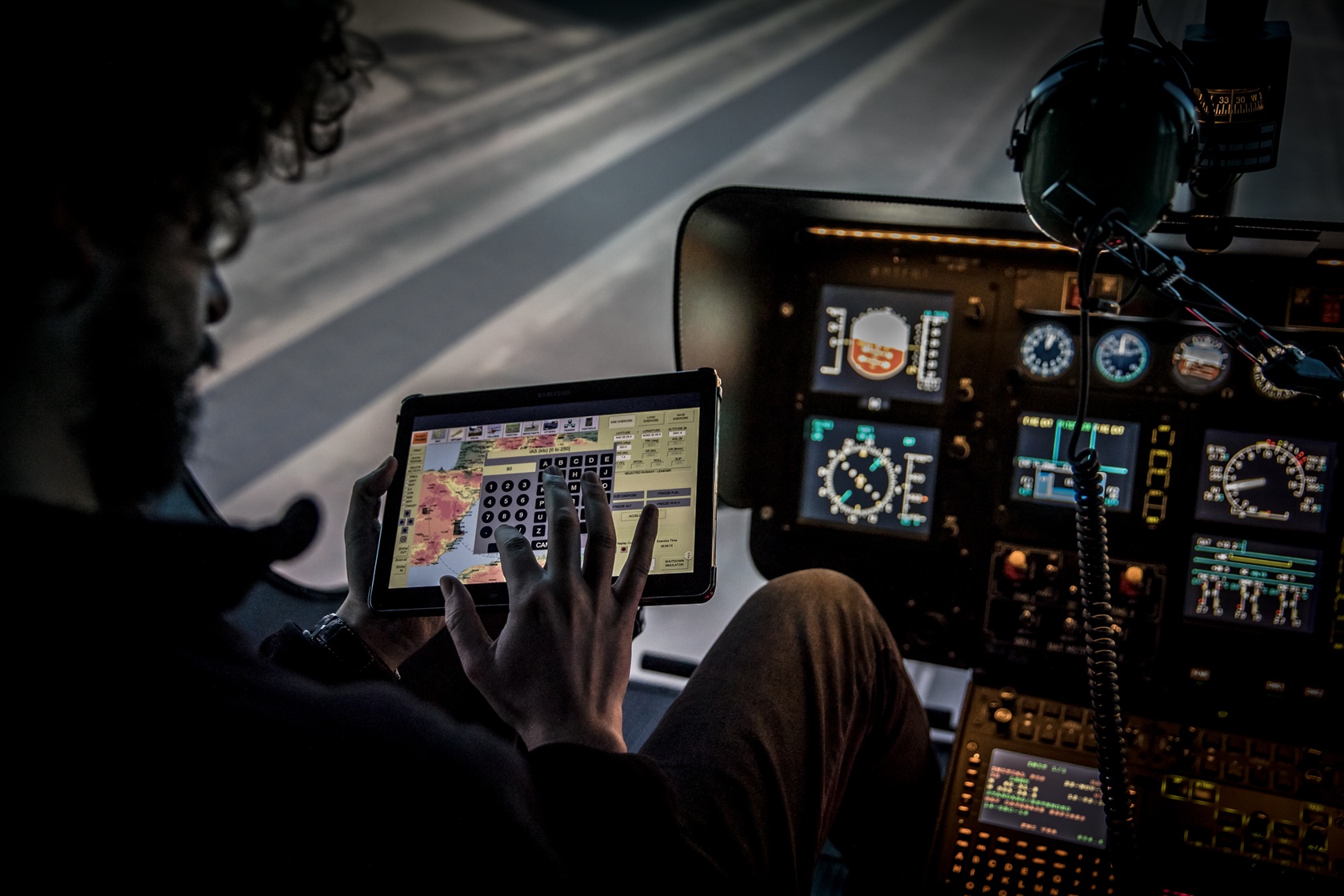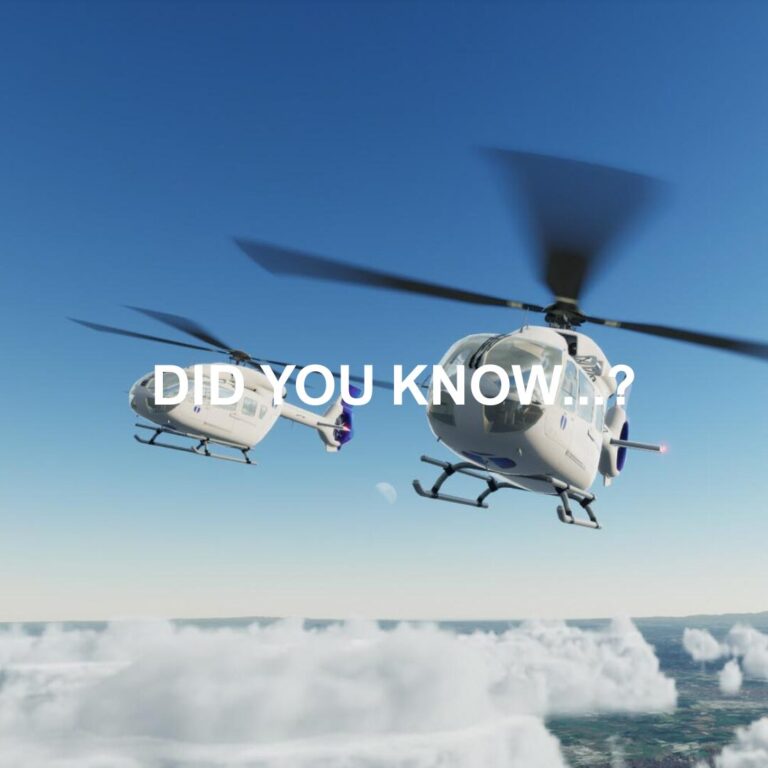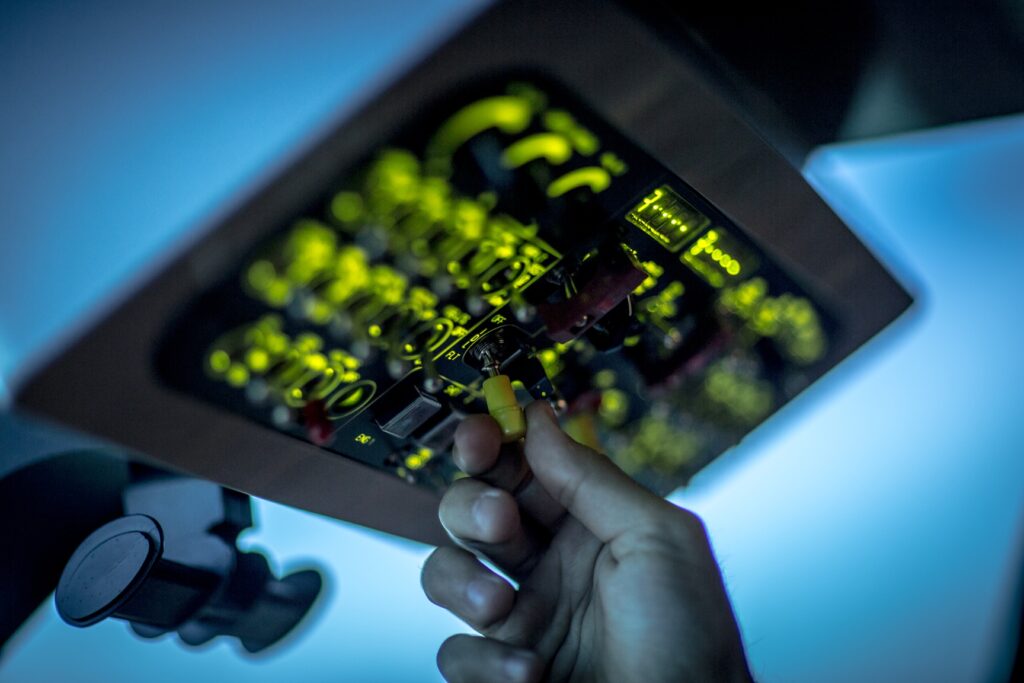
Deciding to invest in a flight simulator is a major strategic step for any flight school, specialized operator, or air force. This crucial investment not only optimizes operational costs but also elevates training and safety standards to the highest level. However, with so many options and technologies available, navigating the buying process can seem overwhelming.
As one of the leading aircraft simulation companies in the world, at entrol, we understand this complexity. That’s why we’ve created this guide to help you navigate the selection process, ensuring you choose the tool that best fits your operational and training needs.
In this article, we will break down the key factors you should consider, from certification levels to after-sales support, so you can make an informed and profitable decision.
Key factors when choosing a flight simulator
Choosing the right simulator requires a careful analysis of your objectives. Below are the most important aspects you should evaluate.
1. Identify your training needs
The first step is the most critical: what exactly do you need the simulator for? Your goals will determine the necessary configuration and fidelity.
- Initial (ab initio) training: for inexperienced pilots, a device that helps establish the fundamentals of flight is needed.
- Transition to a new model: an exact replica of the cockpit and systems of a specific aircraft is required.
- Recurrent and procedural training: the simulator must allow for the efficient practice of normal and abnormal operations.
- Specific mission training: operations such as firefighting, patrol, or Helicopter Emergency Medical Services (HEMS) require specialized scenarios and equipment
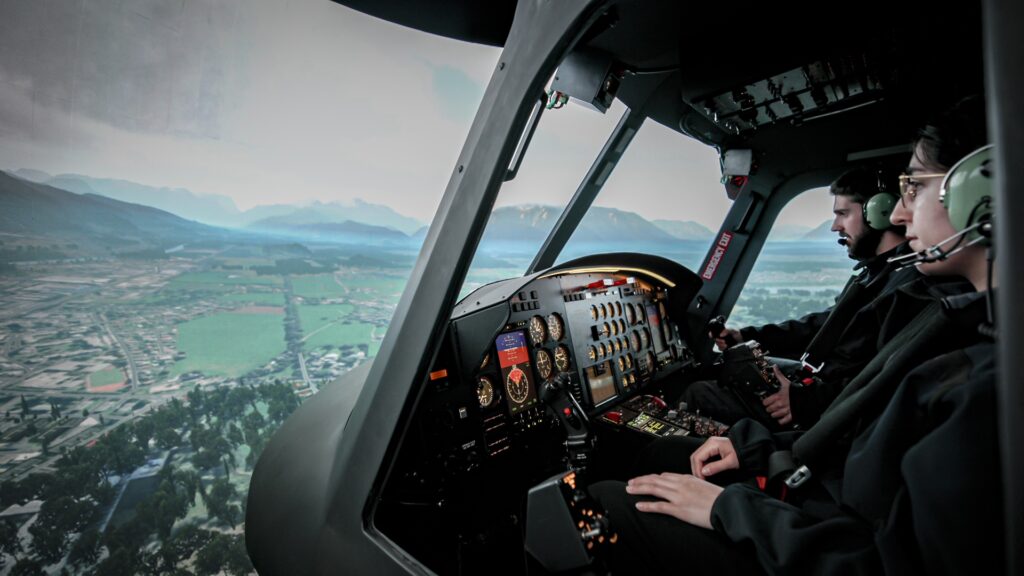
2. Understand certification and fidelity levels
A simulator’s certification is directly linked to the training credit hours your pilots can log in it. In Europe, training devices are primarily certified under EASA regulations. The most relevant levels for flight schools and operators are:
- Flight and navigation procedures trainer (FNPT): this is one of the most widely used devices in European flight schools. An FNPT, particularly at the FNPT II MCC level, is the cornerstone for multi-engine instrument rating (IR) and procedural training, as well as for crucial Multi-Crew Cooperation (MCC) courses that prepare pilots for an airline career.
- Flight training device (FTD): this next level up offers a higher degree of fidelity, often with an exact replica of a specific aircraft’s cockpit, systems, and flight model. It allows for more advanced and specific procedural training. Entrol offers a wide range of FTD devices tailored to these needs.
- Full flight simulator (FFS): this remains the highest level of simulation. A FFS incorporates a 6-axis motion system and a wide-field-of-view visual system for total immersion, allowing most type-rating flight hours to be logged.
3. Evaluate the Technology: software, hardware, and innovation
A simulator’s performance depends on the quality and innovation of its components. Pay special attention to:
- Software and flight model: the heart of the simulator. Look for the best flight simulator software based on real flight data from the aircraft to ensure that the simulator’s behavior, performance, and reactions are identical to the real plane or helicopter. This fidelity is often achieved through rigorous flight tests to capture authentic aircraft behavior.
- Visual system: a truly immersive visual system goes beyond just high resolution. It’s about creating total situational awareness through a wide, uninterrupted field of view, which is why our enwall is so effective. It’s also about the quality of the virtual world itself; a rich and detailed database like our ENVISION system makes the environment believable. This, combined with specialized features like NVIS (Night Vision Imaging System) compatibility, is what allows for truly comprehensive training in all kinds of weather and lighting conditions, diverse weather and lighting conditions.
- Components and cockpit replica: the quality of flight simulator supplies (controls, panels, seats) and the fidelity of the cockpit replica ensure that the pilot develops the correct muscle memory.
- Instructor Operating Station (IOS): a well-designed IOS is crucial for effective training. It should be intuitive, allow the instructor to easily create and modify scenarios, introduce malfunctions, and manage the training session efficiently. Features like advanced debriefing tools enhance the learning experience.
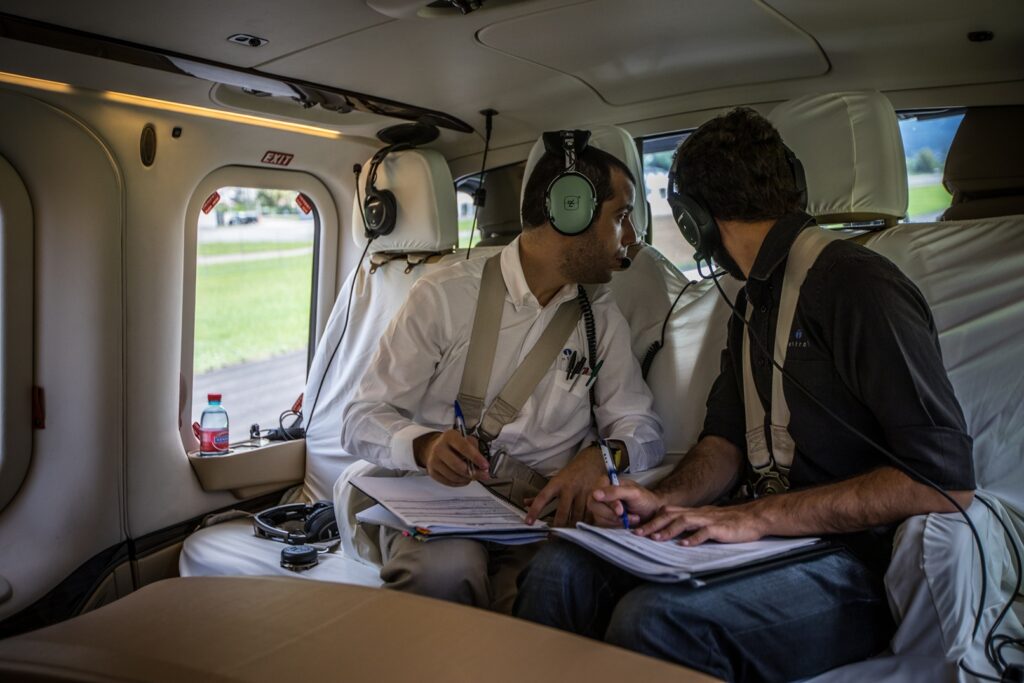
4. Consider manufacturer support and reliability
A simulator is a long-term investment. The relationship with the manufacturer doesn’t end with the purchase. It is vital to choose from aircraft simulation companies that guarantee:
- After-sales support: Fast and effective technical service is key to maintaining the simulator’s uptime.
- Reliability and maintenance: Simulators with high-quality components and a design focused on easy maintenance reduce downtime.
- Upgradability: Aviation evolves. A good manufacturer should offer the ability to upgrade the simulator’s software and hardware in the future.
5. The Long-Term Return: Evaluating ROI and Operational Savings
Beyond the initial investment, a flight simulator offers significant long-term benefits that translate into a clear Return on Investment (ROI). By shifting training hours from real aircraft to simulators, you can achieve substantial savings in:
- Fuel costs: eliminating the need for extensive flight hours in actual aircraft.
- Maintenance and wear-and-tear: reducing operational stress on your fleet.
- Insurance premiums: potentially lower rates due to enhanced pilot training and reduced risk exposure.
- Aircraft downtime: ensuring your operational aircraft remain available for revenue-generating missions.
- Reduced Carbon Footprint: By replacing carbon-intensive flight hours with emission-free simulator sessions, directly contributing to sustainability goals.
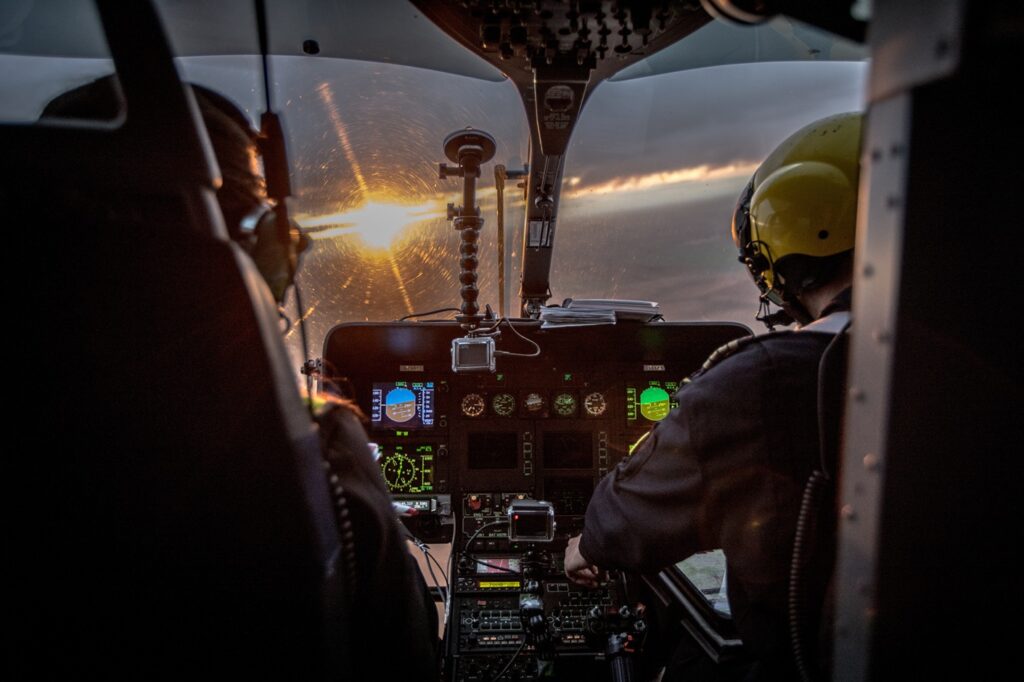
This strategic investment not only enhances safety and training quality but also optimizes your operational budget, making it a profitable decision for your business.
Why entrol is your ideal partner in flight simulation
At entrol, we don’t just build simulators; we create comprehensive training solutions. Our commitment to quality is based on total control over the process, from developing our own software to manufacturing our components.
Our range of flight simulators is designed to be flexible and cost-effective, offering customized solutions for flight schools, operators, and diverse public.Whether you need an airplane simulator for an A320 or our versatile en-4000x, or a helicopter simulator for an H145 configured for rescue missions, we have the technology and experience to exceed your expectations.
